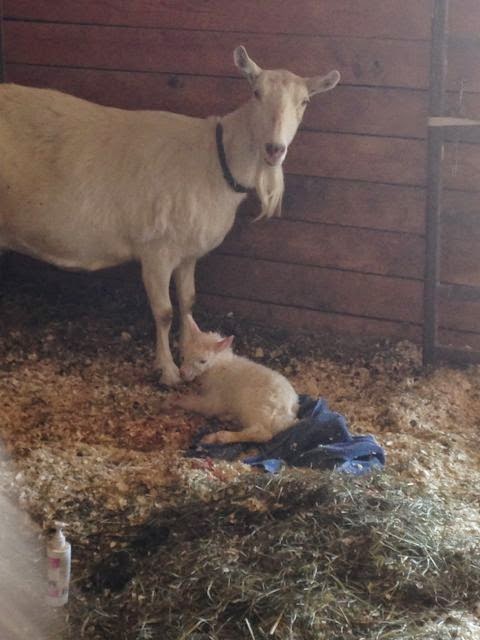We got new chicks on February 21. I wanted some cochins because they are so gentle and easy-going. They aren't great layers, but I'm not interested in having White Leghorns unless someone gives them to us. They are too excitable!
Our little flock includes 4 Buff Cochins, 4 Plymouth Rocks (or Barred Rocks), 4 Amerucaunas, and 3 Blue Silkies. There were 4 Silkies, but one died.
We've still got our Roo that's a mix of Arucana and I don't know what else, and 4 older hens that started laying now that spring is here. One is an Arucana so we get blue eggs, one is a mixed Arucana and she lays an olive colored egg, one Buff Orpington, and one Rhode Island Red.
 |
| Our Buff Cochins. Vet2Be said he likes this bird because they are so calm and easy to catch and put into the coop. We usually find them under the coop at bed-time instead of inside the coop. |
 |
| One of the Barred Rocks. She's a pretty bird! |
I turned into an 'egg snob' after having chickens. I have a hard time eating store bought eggs now. The fresh ones that have been raised on pasture taste so much better!
Just a side note on what free-range means:
In the United States, USDA free range regulations currently apply only to poultry and indicate that the animal has been allowed access to the outside. The USDA regulations do not specify the quality or size of the outside range nor the duration of time an animal must have access to the outside.
The term "free range" is mainly used as a marketing term rather than a husbandry term, meaning something on the order of, "low stocking density," "pasture-raised," "grass-fed," "old-fashioned," "humanely raised," etc.
There have been proposals to regulate by the USDA the labeling of products as free range within the United States. As of now what constitutes raising an animal free range is entirely decided by the producer of that product. (Wikipedia)
When you buy 'free-range' chicken eggs in the store, you may not be getting what you think you are getting.
